James Cook
Scotland editor

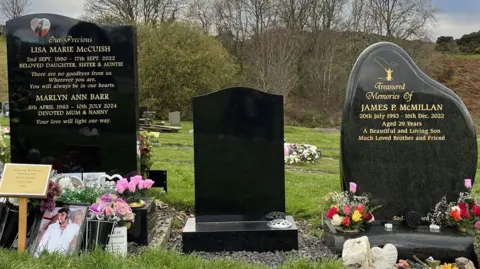 BBC
BBC
James McMillan and Lisa McCuish grew up next to each other and now they lie side by side in Pennyfuir Cemetery
James McMillan grew up next door to Lisa McCuish in a neat cul-de-sac on a hillside above Oban Bay. Now they lie side by side in Pennyfuir Cemetery.
The newest headstones on the freshly-dug fringes of the graveyard tell an alarming story of a lost generation in this pretty tourist town on Scotland's west coast.
Oban is home to just 8,000 people and at least eight recent confirmed or suspected victims of drug misuse were buried here. The youngest was 26, the oldest was 48.
The population of the town is about the same as the total number of overdose deaths recorded in Scotland in the past seven years - by far the worst rate in Europe.
The deaths have led to calls for urgent action to tackle addiction in rural Scotland with relatives citing problems accessing vital services.
Scotland's Health Secretary Neil Gray has told BBC News that he accepts more needs to be done to tackle drug misuse in rural areas.
Jayne Donn knows at least 10 people who have died of drug deaths, buried in Oban's graveyard.
For James' mother, Jayne Donn, the nightmare began before dawn on a freezing night in December 2022 when she was woken by the doorbell.
"At 10 to five in the morning, when it was snowing and my Christmas tree was up, the police came to my door," she says.
The officers had come, as Jayne had long dreaded they would, to tell her that her 29-year-old son was dead of an overdose.
James was another victim of a crisis that has been raging across Scotland for almost a decade, claiming 1,172 lives in 2023.
"As a little boy he was blonde-haired, blue-eyed, full of mischief," Jayne tells me in the living room of the family home.
The young James loved "fishing, music and his skateboard," she says.
"As a man, there's not so many good memories," says Jayne.
"He was very mixed up. He was very angry. He was very lost."

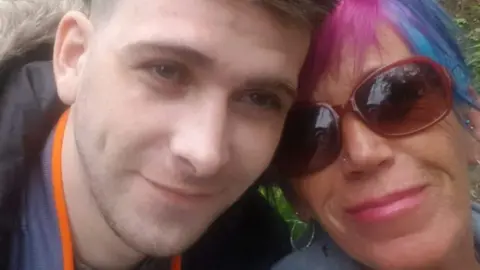 Jayne Donn
Jayne Donn
James McMillan, who died in December 2022, with his mother Jayne Donn
James' father left the family home when he was seven.
He struggled at school with dyslexia and mental health challenges and later began to dabble with cannabis.
He started to get into trouble, first with teachers, then with the police.
As he grew into adulthood, James drifted away from Oban and from his family, losing a job as an apprentice bricklayer because of poor attendance and concentration, and disappearing to England.

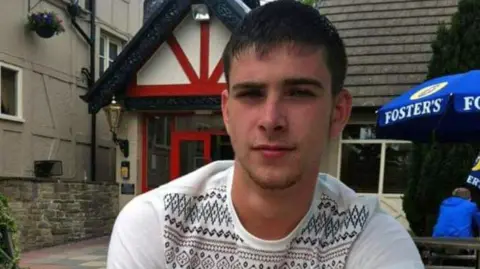 Jayne Donn
Jayne Donn
James died two days after being released from prison on remand
Jayne says she knew little about what was happening there. In truth, her son's life was unravelling.
He had been diagnosed with attention deficit hyperactivity disorder, bipolar disorder and drug-induced psychosis.
He was struggling with suicidal tendencies, taking more and harder drugs and increasingly turning to crime.
As a result he was in and out of custody for drug offences, breach of the peace, break-ins and theft, at one point serving a two-year prison sentence.
James died in Glasgow on 16 December 2022 - less than two days after he was released from custody following eight months on remand in Barlinnie prison.

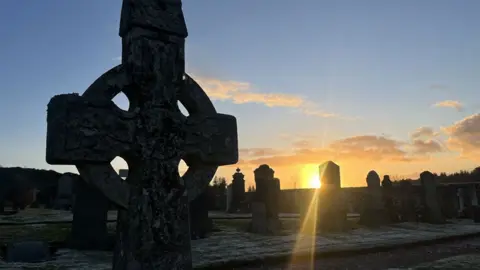
Pennyfuir Cemetery contains graves dating back to the 19th Century
James' mother says she doesn't know the details of the last charges he had faced or why he was released - but she believes more could have been done to support her son, as he had overdosed on release from custody on three previous occasions.
A Scottish Prison Service source pointed out that decisions taken at the end of a period of remand are a matter for the courts not the prison.
Jayne describes a web of organisations which dealt with her son: charities, local authorities, the NHS, addiction services, housing providers and more.
But she says: "He was released into a city he didn't know with no jacket, no money and nobody aware.
"He lasted less than 36 hours."

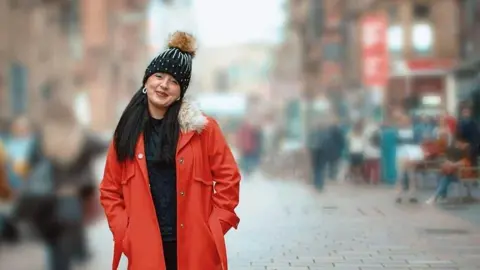 MKC Photocreations
MKC Photocreations
Lisa McCuish grew up in Oban
Lisa McCuish grew up next to James in a street looking down on Oban Bay, where red and black Caledonian MacBrayne ferries bustle to and from the islands of the Hebrides.
Oban was recently named Scotland's town of the year by an organisation which promotes smaller communities.
Today, Lisa's sister Tanya is sitting in Jayne's living room, tears in her eyes, recalling her sibling as "a larger than life character" with "a heart of gold".
"Lisa was never into drugs, you know, that wasn't her," says Tanya.
Things began to go wrong only after Lisa was prescribed diazepam, which is typically used to treat anxiety, seizures or muscle spasms.
"She ended up buying it off the streets because she felt she needed more," Tanya remembers.
"She kept on saying that she needed more help, more support."
Then, she says, her sister started taking heroin.
Lisa had a cardiac arrest on 13 September 2022 and died four days later in hospital in Paisley. She was 42 years old.
She had prescription drugs in her system and also Etizolam, a benzodiazepine-type substance commonly known as street Valium because it is often sold illicitly.

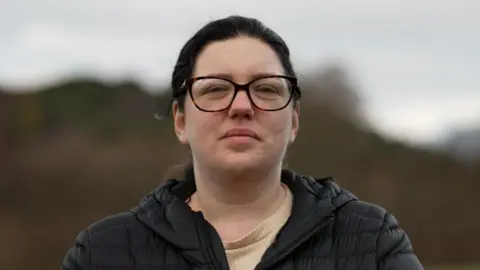
Tanya says her sister Lisa needed more support
Tanya and Jayne take us to the spot where they both mourn, pointing out other nearby graves where recent drug death victims are buried.
They include James's best friend, who lies alongside him and Lisa. He was 30 when he died of a drug overdose.
"It's just awful to think there's at least 10 around here that we can think of," says Jayne.
There is no official breakdown of how many lives have been claimed by drugs in small communities such as Oban.
We have been able to confirm that at least eight of the deaths occurred within just a year-and-a-half and were related to drugs, or are still under investigation.
This is the reality of Scotland's drug deaths crisis in just one small community and both Tanya and Jayne say the Scottish government must do more to save lives.
"I personally believe that a lot of addiction is to do with mental health first," says Tanya.
"There's no continuity in support from addiction services or mental health services. There's no link up."

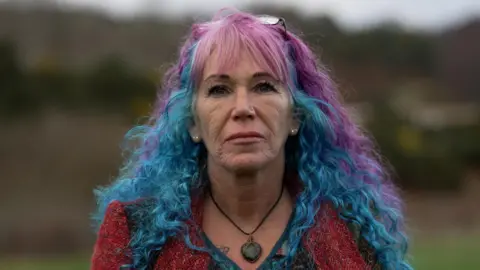
"Something's got to change," says Jayne Donn
Jayne, who is a drugs support worker herself, says she spent years trying to bring James home to Oban where she felt he would have a better chance of recovery and survival.
A particular challenge, she says, was that Argyll and Bute Council offered James housing places in Dunoon and Helensburgh – both about two hours away – making it very difficult for his family to support him.
The local authority said it had offered "appropriate" services to James.
The council added that it had housing services throughout the area, but could not always satisfy "individual and sometimes changing criteria".
Scotland's Health Secretary Neil Gray says that both families have his deepest sympathies and he accepts that rural drug services could be improved.
"I think that the two cases that you've highlighted tell me that there's more that can be done," he said.
"I recognise that not everything is available in all parts of Scotland."
Mr Gray added: "We support alcohol and drug partnerships across Scotland, whether they're in rural areas or urban areas.
"I would obviously want us to be continuing to do more to make sure that there is access to facilities and services in rural and island areas."
For Justina Murray, chief executive of the charity Scottish Families Affected by Alcohol and Drugs, the problems do not lie with strategy or funding but with culture and delivery, especially in NHS addiction services.
"People want services that are in their own community, they can access when they need them, they're going to be met at the door by a friendly face," she says.
"They're going to be treated with dignity and respect.
"That's not necessarily the experience you're going to have engaging with an NHS or a statutory treatment service."
According to the latest available figures, released in September 2024, there is capacity for 513 residential rehabilitation beds in Scotland, across 25 facilities.
Only 11 of those beds are available in what are considered by the Scottish government to be very remote rural areas, although the majority of facilities do accept referrals from any part of Scotland.
I ask Jayne and Tanya about the argument that individuals and their families, rather than the state, should take more responsibility for their own choices.
"Nobody sets out in life to be a drug addict," replies Jayne.
"Nobody chooses it. The mental health issue was what led James to try and escape reality.
"He then no longer had capacity to make his choices. He wasn't James any more.
"These are vulnerable adults who are unable to protect themselves from danger or harm," adds Tanya.
"Why is more not being done?"
"Something's got to change," agrees Jayne.
"We're losing far too many young people."

 German (DE)
German (DE)  English (US)
English (US)  Spanish (ES)
Spanish (ES)  French (FR)
French (FR)  Hindi (IN)
Hindi (IN)  Italian (IT)
Italian (IT)  Russian (RU)
Russian (RU)  1 day ago
1 day ago
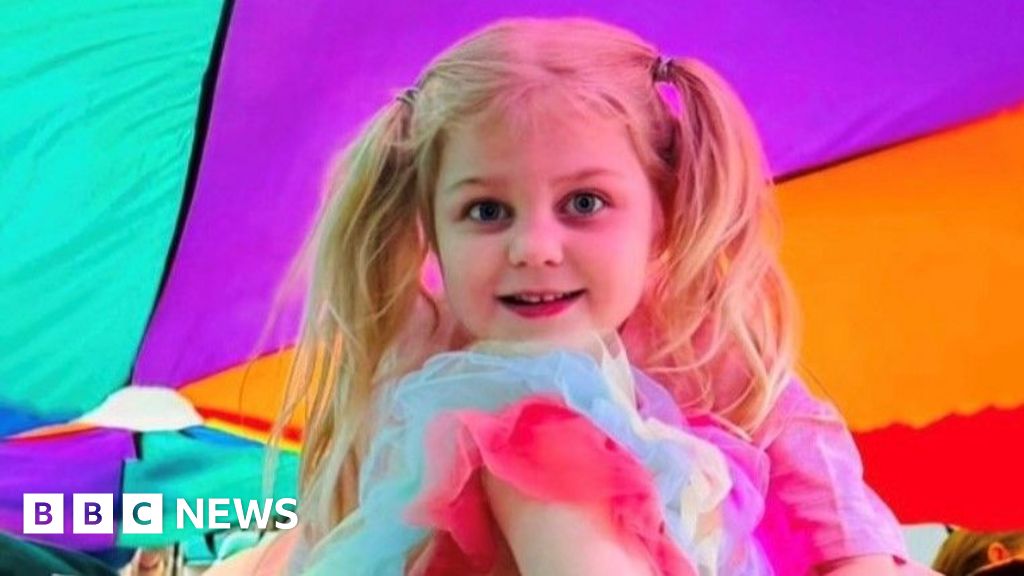
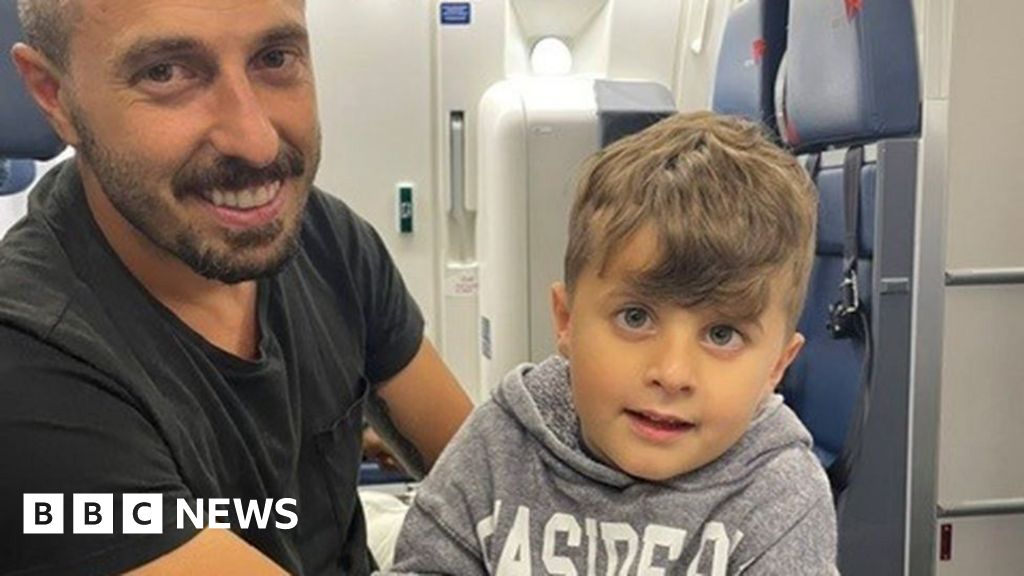

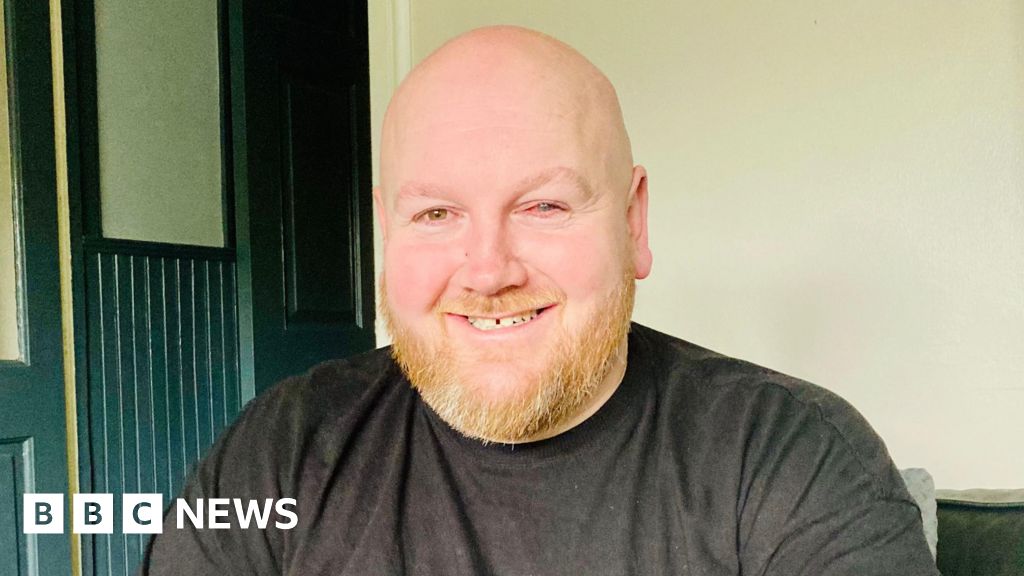
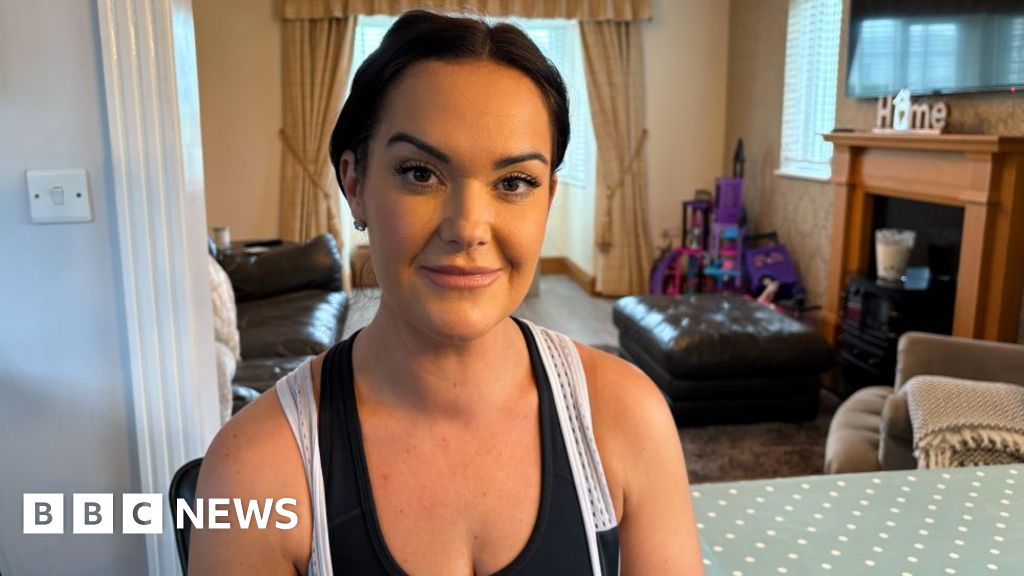

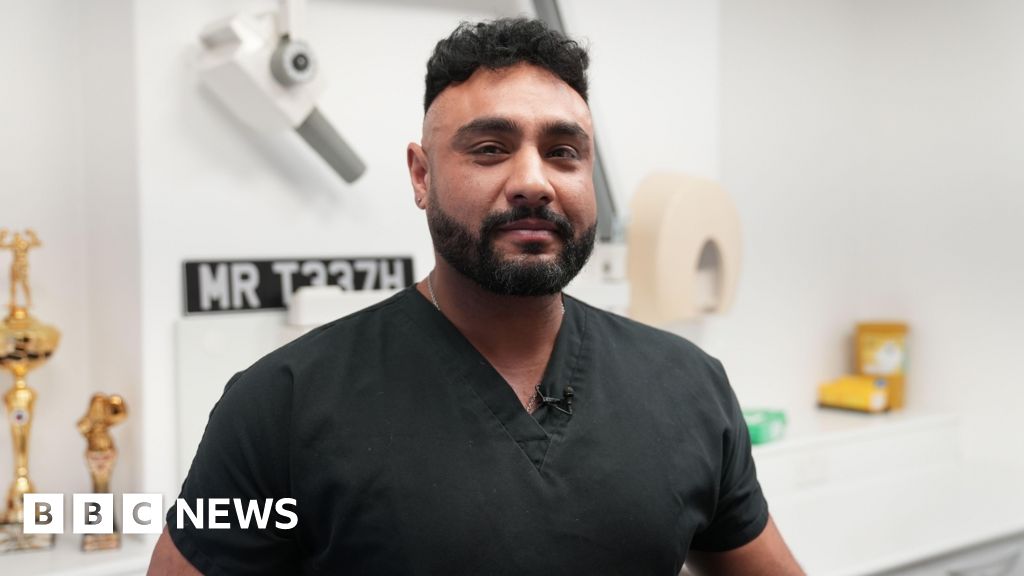
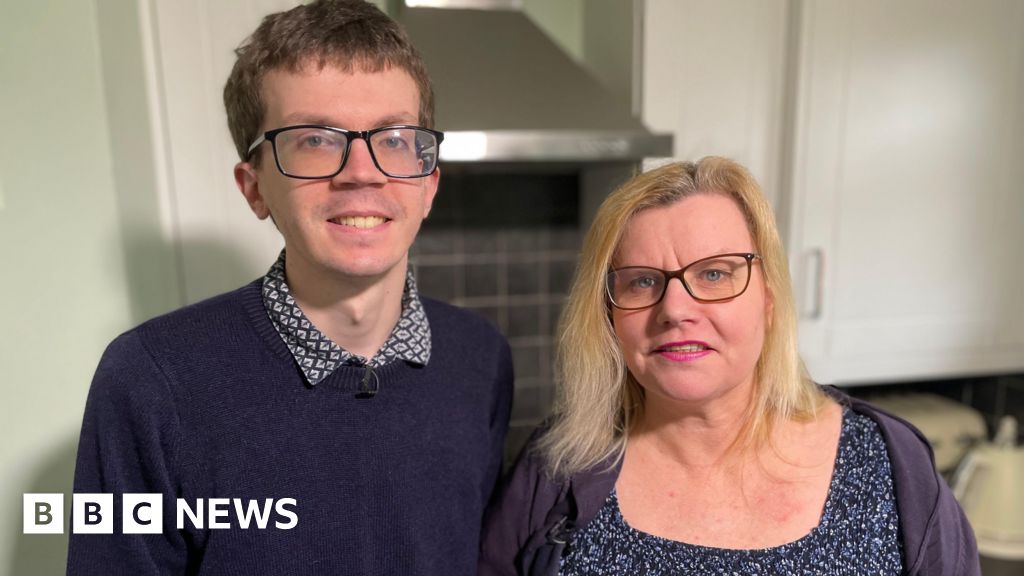

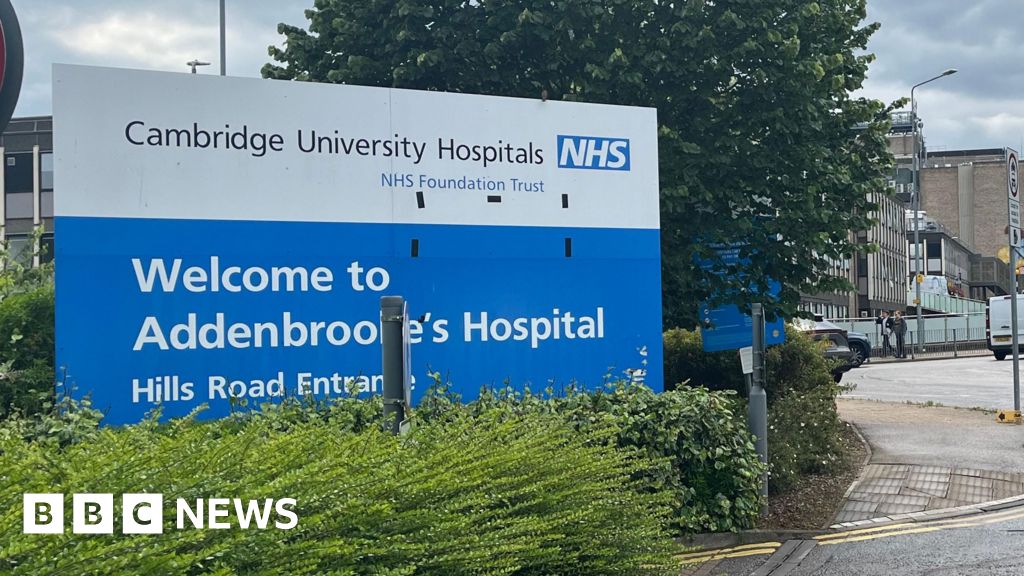













Comments